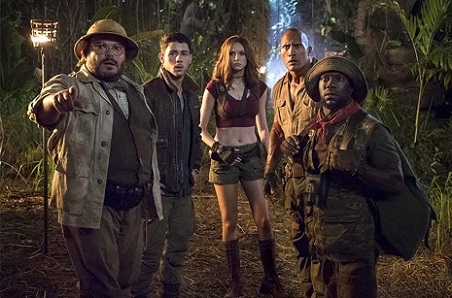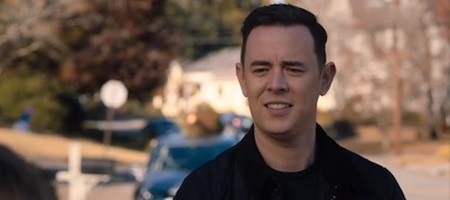Live action, movie animation and classical music were important features of the Walt Disney Studios movie we remember and review today. Featuring eight classical pieces performed by the Philadelphia Orchestra as conducted by Leopold Stokowski, the movie Fantasia (1940) brought us increasing in complexity interpretations of music through both performance and animation, with impressions, feeling and story playing various roles throughout. Fantasia is the first movie released using Fantasound, a system developed by Disney and RCA using multiple audio channels to produce a stereo listening experience.

The cinematic experience of Fantasia opens with the live scene of an orchestra gathering against a blue background. The musicians tune their instruments in half-light and half shadow as the master of ceremonies, Deems Taylor, offers the program’s beginning narration. The opening song performed was Toccata and Fugue in D Minor as composed by Johann Sebastian Bach. Selections from the Nutcracker Suite by Pyotr Il’yich Tchaikovsky followed. The presentation included various animated dances depicting the changing of season from summer to fall (autumn) to winter, with impressions and feeling accompanying the musical experience one might find in a music hall where the music was being performed live.

The Paul Dukas composed The Sorcerer’s Apprentice, featuring animation with Mickey Mouse front and center, came next. A clear story with Mickey as the apprentice to sorcerer Yen Sid emerges. Mickey’s grasp of the sorcerer’s tricks exceeding his, Mickey’s, reach; this presentation distinguishes itself among the stories told within Fantasia for presenting a known character. The Rite of Spring by Igor Stravinsky follows The Sorcerer’s Apprentice. The animation accompanying the musical score shares the story of the earth’s beginning through the introduction of life through the extinction of dinosaurs.

The Ludwig van Beethoven composition The Pastoral Symphony is accompanied by animation of Greco-Roman romance building for male and female centaurs. This sentiment gives way to a festival for Dionysus/Bacchus, the wine god, getting interrupted when Zeus directs Vulcan to forge lightning for use against the festival attendees. A comic ballet in four parts, based in Amilcare Ponchielli’s Dance of the Hours from the opera La Gioconda, follows.

A pairing of Night on Bald Mountain by Modest Mussorgsky and Ave Maria by Franz Schubert are offered as a closing comparison of evil relenting to good. The larger feeling of this pairing is to offer an uplifting parting message for the full experience of all the music and combined live and animated reality offered through the course of the Fantasia movie. I grant the movie Fantasia as directed and written by many for Walt Disney Studios 4.25-stars on a scale of one-to-five.
Matt – Saturday, June 29, 2024











